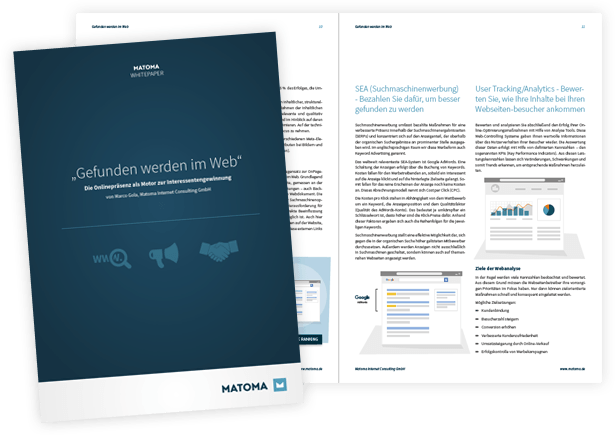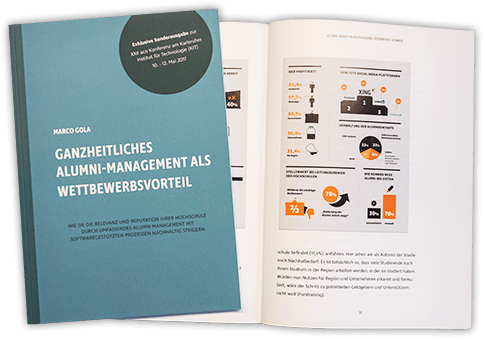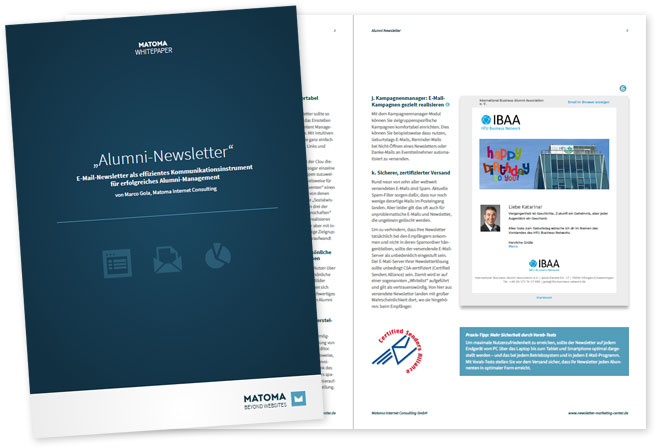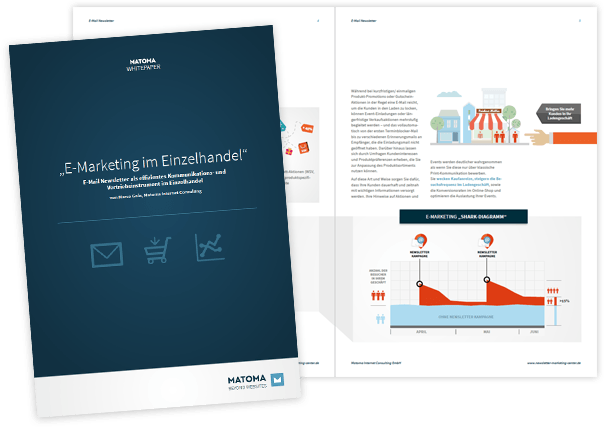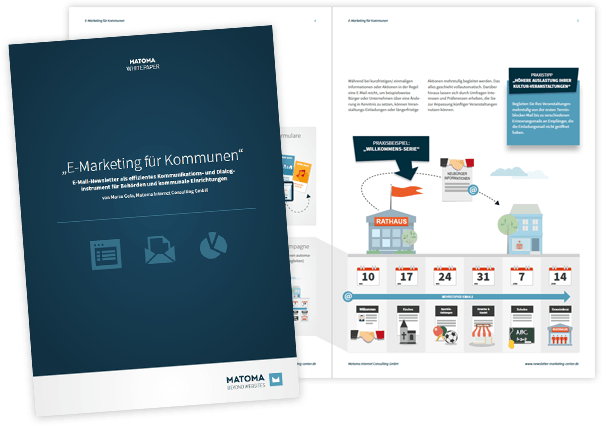
In the sea of online marketing, it is the lighthouses that attract attention – it is the landing pages that lead an online marketing campaign to success. These specially designed web pages (individual pages) are the target for visitors who come to your website via a marketing campaign. But why are they so important? Quite simply, landing pages are optimized to drive visitor action – be it a signup, a purchase, or filling out a form. They are the first impression and often the best chance to convert a potential customer. In a world where first impressions count and attention spans are shorter than ever, landing pages can be the difference between a casual visitor and a converted customer.
What is a landing page?
A landing page is a specifically created website that is tailored to the needs and interests of the target group. Unlike a general homepage that provides an overview, a landing page focuses on a single offer, product or campaign to encourage a specific action from visitors.
Why are landing pages important for successful online marketing?
They play a central role in the conversion and lead generation process. Through clear call-to-actions (CTAs or German: calls to action) and targeted content, they can convert visitors into leads or customers more effectively than general pages.
Other basic aspects of landing pages:
- The name “landing page”: The term itself clarifies the purpose of these pages – they are the landing place for visitors who are directed here through various marketing campaigns. Whether through search engine optimization (SEO), search engine marketing (SEM), radio advertising, or other channels, visitors “land” on these specific pages designed for exactly that type of traffic.
- The challenge of the first seconds: Landing pages are under pressure to be convincing straight away. Visitors who do not immediately find what they are looking for or are not immediately addressed tend to quickly leave the site. The trick is to captivate visitors immediately and offer them exactly what they are looking for.
Conclusion:
The effectiveness of a landing page depends heavily on how specifically and targeted it is to the needs and interests of visitors. A general site that covers a broad topic is less successful than one dedicated to a specific area. For example, if someone searches for “kitchens,” a specialized landing page about kitchens is much more appealing than a generic “furniture and home” page. Focusing on the visitor’s specific interest increases the length of stay and the likelihood of conversion.
Distinction from microsites:
A landing page primarily serves as a target for specific marketing campaigns and aims to persuade visitors to take a specific action. Completely different with microsites. Micorsites represent a deeper examination of a topic, a product or product world. They are small, stand-alone websites that cover a specific topic in more detail than would be possible on a main, parent website (so-called corporate site). By focusing on a narrower keyword density, microsites have the advantage of being better recorded and ranked by search engines such as Google. Unlike landing pages, which often focus on a single call to action (CTA), microsites offer multiple points of interaction. These can range from further information about the topic to specific conversion points such as forms. These conversion points are, for example, forms that visitors can fill out to receive more information or to use a service.
Elements of a successful landing page
Design and layout are crucial:
An attractive visual design that draws attention to the call to action (CTA) is crucial. A clear and user-friendly layout helps convey the message effectively.
Illustration and text: The copy should be concise and compelling, with a clear value proposition that highlights the benefits of the offer. Using headings, bullet points, and short paragraphs makes it easier to read and understand. Concise diagrams and illustrations also convey competence and credibility.
Call to Action (CTA):
The CTA is the heart of a landing page. It should be eye-catching and clearly worded to encourage visitors to take a specific action, be it signing up, making a purchase, or filling out a form.
Different channels and the role of landing pages for success in online marketing
Pay-per-click (PPC) advertising (e.g. Adwords):
In PPC campaigns, specifically designed landing pages are crucial to maximizing ad investment. They ensure that they prompt visitors who land on them by clicking on your ads to take action, thereby increasing conversion rates.
Social Media Marketing:
By using landing pages in social media campaigns, you create a direct connection between the interest generated by a post and the action you expect from the user. You can practically use your reach via social media. You can use a link packaged in a call to action (CTA) to convince visitors to visit your website. There you provide further information and finally convert the visitor into a lead.
Email marketing:
By linking to specific landing pages in your emails, you can create a personalized experience for your subscribers. This not only increases interest and engagement, but also the likelihood of conversion because the content is directly tailored to the needs and interests of your target audience.
Conclusion
In conclusion: a tailor-made landing page per campaign or better per keyword is essential for maximum effectiveness of your online marketing strategy. This reduces the bounce rate and optimizes the chances of conversion. A strategic approach can be to build a sales-oriented microsite to supplement it with specific landing pages. The individual landing pages are tailored precisely to the campaigns or even the keywords. While creating a microsite may require specialized service providers like Matoma, landing pages can be created using an online marketing tool like the newsletter -Marketing Center can be implemented effectively even without an agency. So it’s also true in terms of process costs: a microsite and many, many specialized landing pages.




